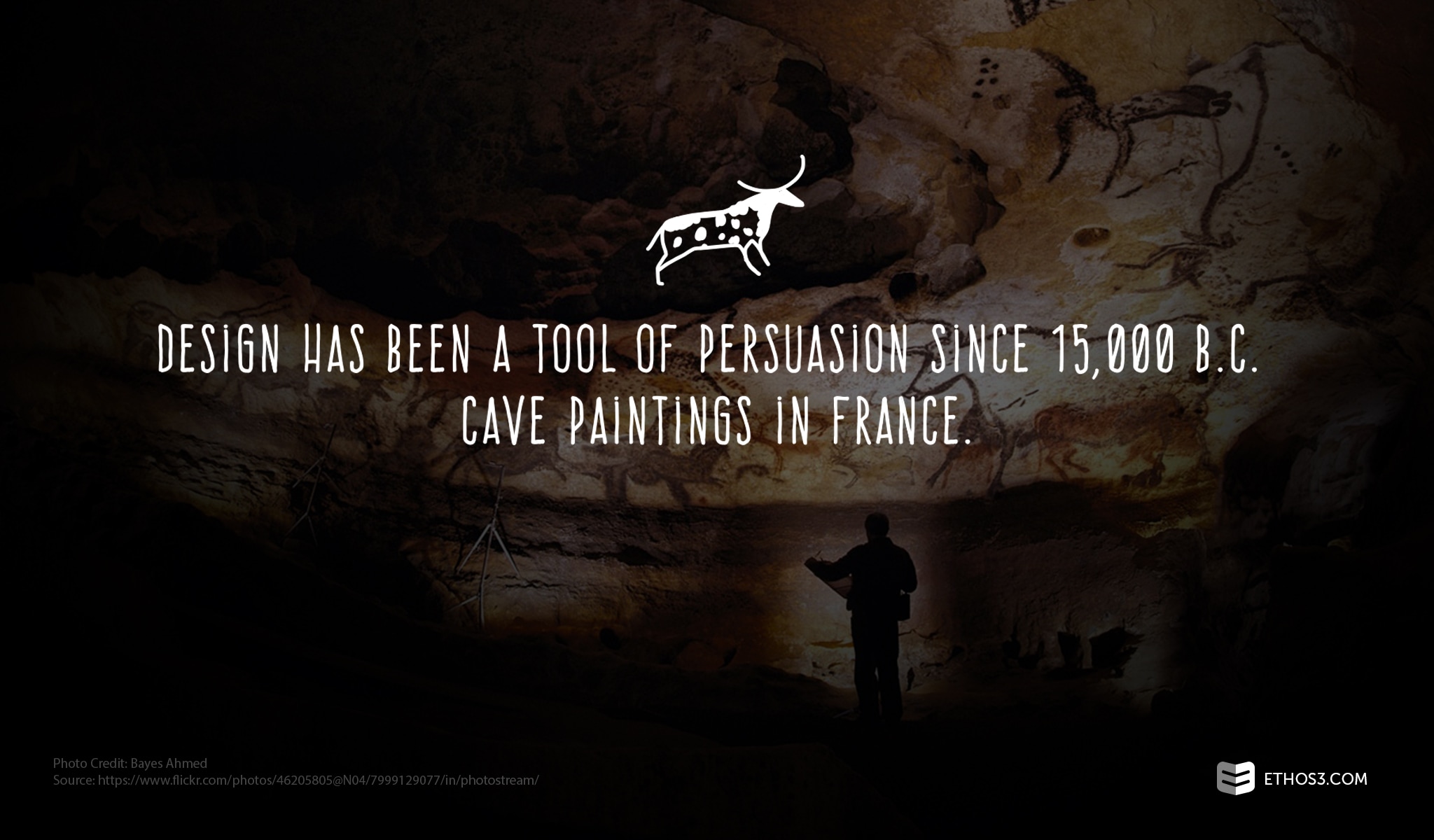It shouldn’t be any surprise that design is a powerful tool of persuasion. The employment of design techniques to convey messages has been traced back as far as 15,000 B.C. cave paintings in France. From the development of the first device capable of producing animations, the zoetrope, motion design has moved the masses. But it’s impact was potentially never more strong than during World War II. In the wartime climate, battling countries provoked their populaces to join the fight through entertainment. And these design efforts had a powerful impact on viewers. Propaganda animation design created a sense of community among peoples of various nations, lit a fire under the feet of several soldiers, and provided an outlet for those emotionally, physically, and financially suffering as a result of the conflict.

Enhanced Nationalism Sentiments
Towards the conclusion of World War II, the Japanese released propaganda materials – one of the most notable being the first anime film. In 1945, Maysuyo Seo painted a picture of the Japanese occupation of Asia in his animated piece, Momotarō: Umi no Shinpei or Momotarō’s Divine Sea Warriors. The production featured animals playing the role of Japanese pilots. Their journey? A quest to obtain more land and occupy more regions. Additionally, Japanese wartime propaganda – from animations and films to posters and advertisements – perpetuated the country’s ideal of group over individual and sacrificing yourself for the greater good. The following video comprehensively depicts this media tactic.
Increased Battling Interests
Although the bombing of Pearl Harbor itself was convincing enough an event for soldiers to join the fight, propaganda animation design aimed to capture those who weren’t initially so invested. Through Snafu, a character in the American World War II film, Booby Trap, the United States government highlighted aspects of the war that would intrigue young males. From displaying woman’s chests to visualizing devastating explosions, the animation targeted a particular subset of the American population and spurred them to action.
“It was an effective series for imparting messages to be careful and keep your mouth shut, using a character that people could laugh at. With things like this, they knew that even if people had heard or read a message 100 times, Snafu would get their attention.”
– Maureen Furniss, author of Animation: The Global History, from an interview with Eye On Design
Entertained Fearful Audiences
Film served as the most effective means of communicating with all facets of a country’s population. During a time of anger, fear, and uncertainty, films entertained, while also delivering a steady stream of subtle themes and key messages championed by political leaders.
Even Walt Disney and his animation team got involved with the war effort – educating U.S. and Canadian soldiers with training and instructional motion images. On the other side of the battle, Japan used Disney’s character, Mickey, in their propaganda animation design, as evidenced in the video above.
World War II was more than a conflict of physical proportions. Word War II was a grapple over ideas and concepts of how individuals should interact with their surroundings and the greater expanse of the world. With propaganda animation design, creative trailblazers explored humanity in relation to adversarial situations.
Related Posts:
The First Amendment and Public Meeting Presentations
Presentation Persona Spotlight: Stephen Colbert
